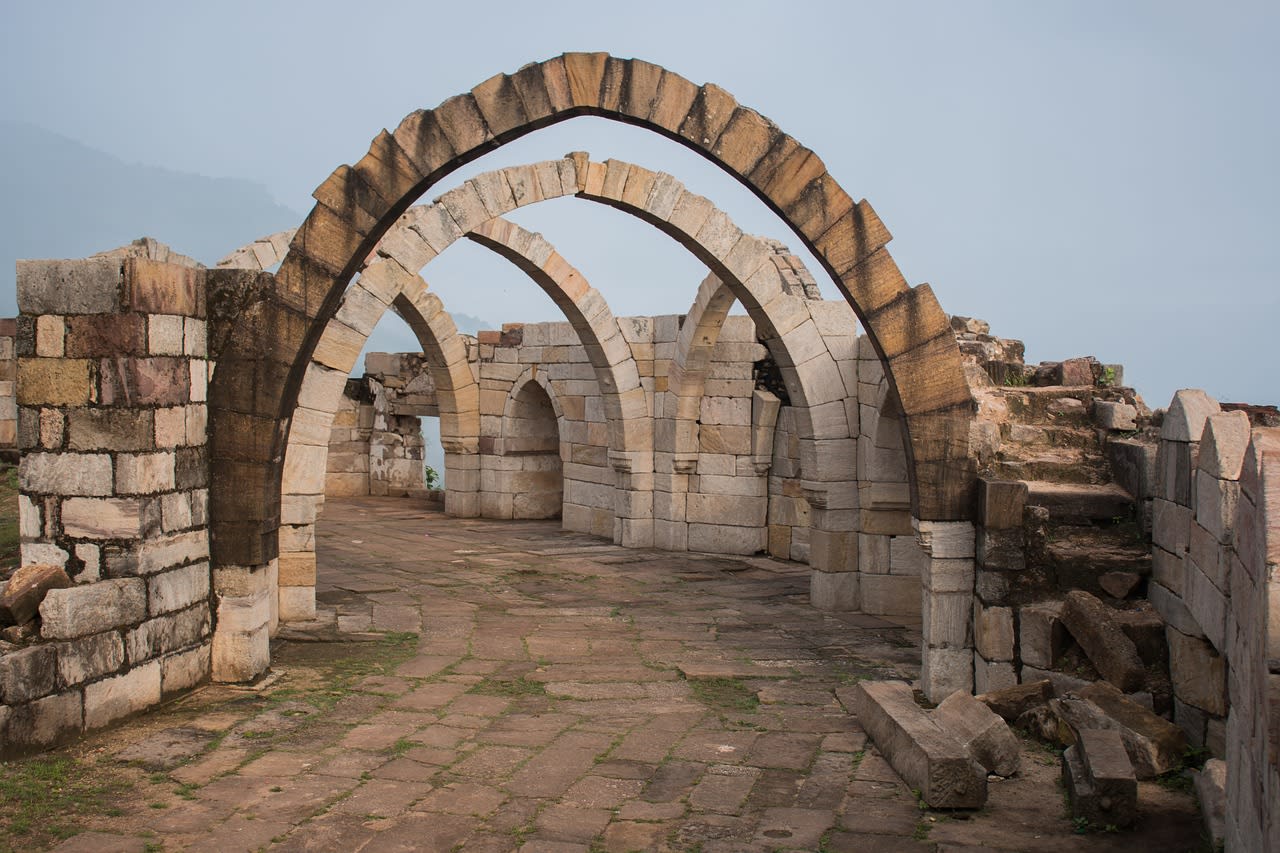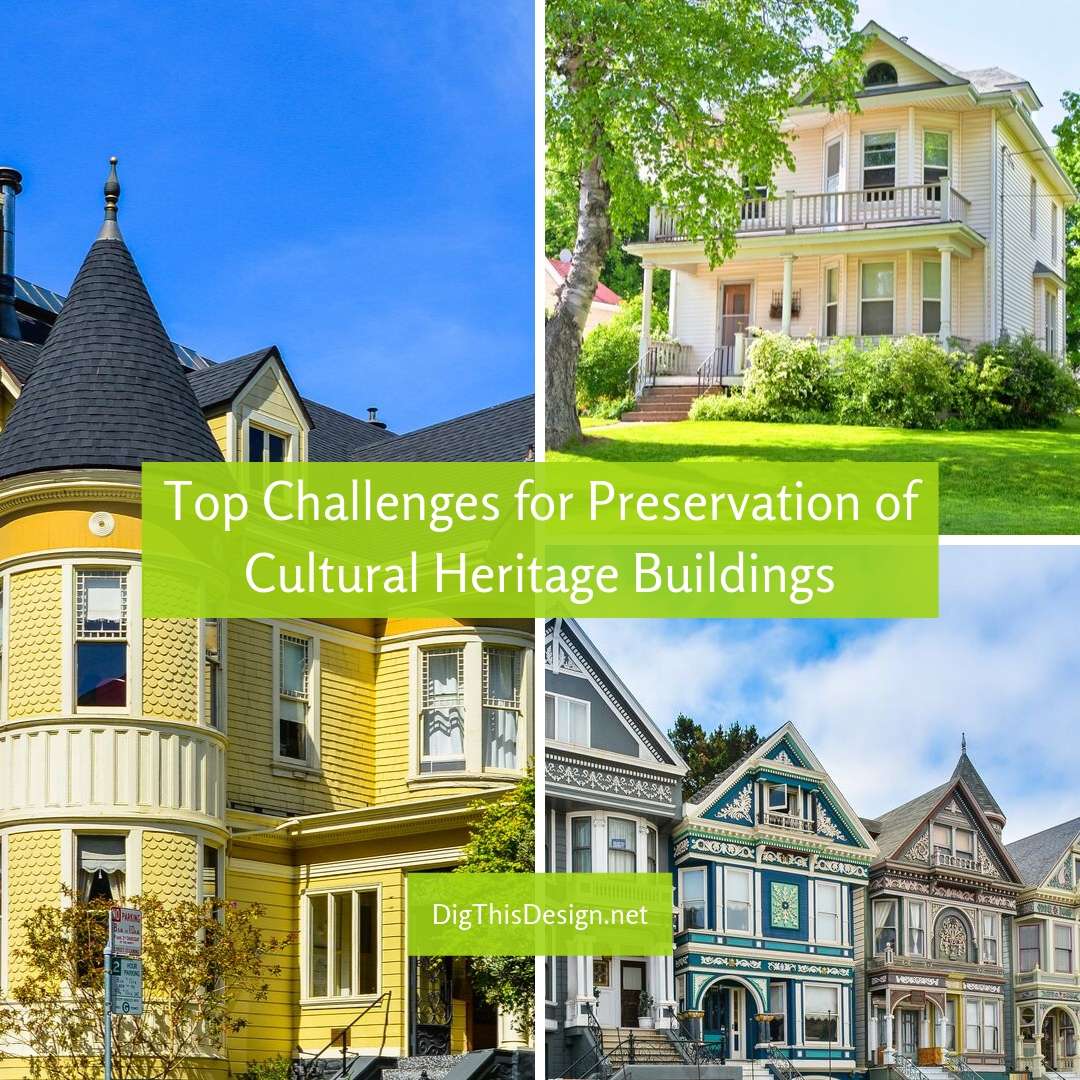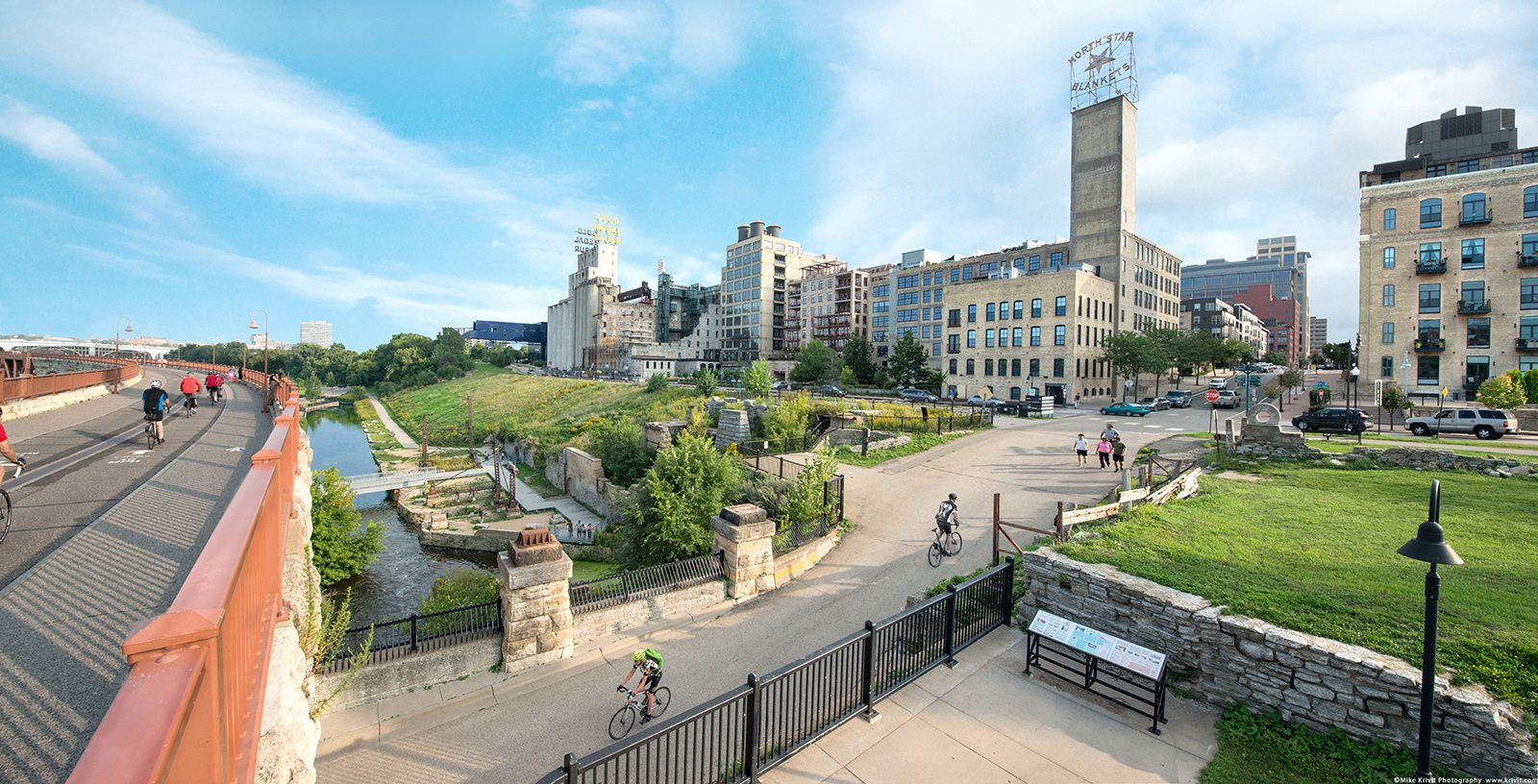What Is The Impact Of Architecture On The Preservation Of Cultural Heritage Sites?

Preserving heritage buildings is a significant challenge that has continued to attract the attention of stakeholders in the construction industry. These buildings are not only important historical landmarks, but they also provide great insights into the cultural and socio-economic history of the people. However, preserving cultural heritage buildings comes with many challenges that are faced by architects, engineers, heritage managers, and other stakeholders involved in the construction process.
In this post, we'll take a closer look at some of the top challenges associated with preserving cultural heritage buildings. We'll divide our discussion into several points, each with a detailed explanation, as shown below:
The Top Challenges of Preservation of Cultural Heritage Buildings:
Inadequate Funding:
Preservation of cultural heritage buildings often requires significant investment in terms of time, labor, and resources. However, many heritage managers lack the necessary funds to undertake these projects, which makes the preservation process more challenging. Limited funding means that heritage managers cannot complete all the necessary repairs and renovations required to preserve these buildings, which can result in further deterioration.
Difficulty in Sourcing Materials:
Preserving cultural heritage buildings requires specific materials that may no longer be in production. This makes it challenging to source these materials, particularly if the original manufacturing company has closed down. In some cases, heritage managers may have to rely on alternative materials, which may not have the same characteristics as the original materials, thus affecting the building's overall authenticity.
Lack of Skilled Labor:
Preserving cultural heritage buildings often requires specialized skills and knowledge that may not be available in the local labor market. For instance, some buildings may require skilled restoration experts who understand how to work with historical materials and techniques. The lack of such skilled labor makes it difficult to undertake rehabilitation and restoration projects, which can lead to further deterioration of the building.
Difficulties in Planning and Execution:
The heritage buildings' complex structural systems pose technical difficulties to heritage managers who may lack technical expertise in this area. It may be challenging to plan and execute these projects effectively, leading to ineffective preservation efforts.
Growing Demands for Infrastructure:
Many cultural heritage buildings are located in urban areas where land has become scarce due to the growing demand for infrastructure services like housing, roads, and commercial buildings. As a result, heritage managers may be forced to compromise the buildings' structural integrity to accommodate other services, leading to further deterioration.
Lack of Public Awareness:
Many people around the world do not recognize the significance of cultural heritage buildings. As such, they do not see a need to preserve these buildings, leading to low levels of public awareness and participation. This compounds the challenges of preserving these buildings and makes the work of heritage managers even more difficult.
Changing Weather Patterns:
The changing weather patterns and increased frequency of natural disasters like hurricanes and floods have affected cultural heritage buildings worldwide. Some buildings are located in areas that are prone to flooding or earthquakes, making them vulnerable to structural damage. The relentless effects of climate change have made it even more challenging to maintain these buildings.
Lack of Legal Frameworks:
Lack of legal frameworks to protect and preserve cultural heritage buildings makes it difficult to enforce penalties against vandals and encroachers. The absence of legal policies governing heritage buildings' preservation can lead to haphazard developments that may compromise these buildings' structural integrity.
The Bottom Line
Preserving cultural heritage buildings is a challenge that requires dedication, investment, and technical expertise. The challenges outlined in this post are just a few of the many that heritage managers face in their work. To achieve effective preservation of cultural heritage buildings, all stakeholders in the construction industry must work together to develop comprehensive strategies and policies that protect these buildings from deterioration and vandalism.
Frequently Asked Questions (FAQs)
Why Are Cultural Heritage Buildings Important?
Cultural heritage buildings are significant because they provide unique insights into the historical and cultural fabric of a people. These buildings are often viewed as symbols of pride and identity, and as such, they are integral to cultural diversity and tolerance. Preserving these buildings helps to retain the shared memory, knowledge, and values of a society.
What Are the Benefits of Preserving Cultural Heritage Buildings?
Preserving cultural heritage buildings has numerous benefits, such as promoting tourism, creating jobs, and supporting the local economy. These buildings can also promote social cohesion, enhance community pride, and provide opportunities for cultural and educational events. Additionally, they offer significant opportunities for researchers to explore the history, culture, and architecture of a society and help maintain a shared sense of identity.
What Can Be Done to Preserve Cultural Heritage Buildings?
To preserve cultural heritage buildings, stakeholders in the construction industry can undertake various measures such as:
- Developing comprehensive policies to govern the preservation of heritage buildings
- Providing adequate funding and resources to support preservation measures
- Training and equipping heritage managers and architects with the necessary skills and knowledge to undertake preservation projects
- Increasing public awareness of the significance of cultural heritage buildings
- Adopting innovative preservation technologies and materials
- Implementing legal frameworks to protect and preserve heritage buildings
By undertaking these measures, stakeholders can ensure that cultural heritage buildings are preserved for future generations to appreciate and enjoy.




Post a Comment for "What Is The Impact Of Architecture On The Preservation Of Cultural Heritage Sites?"